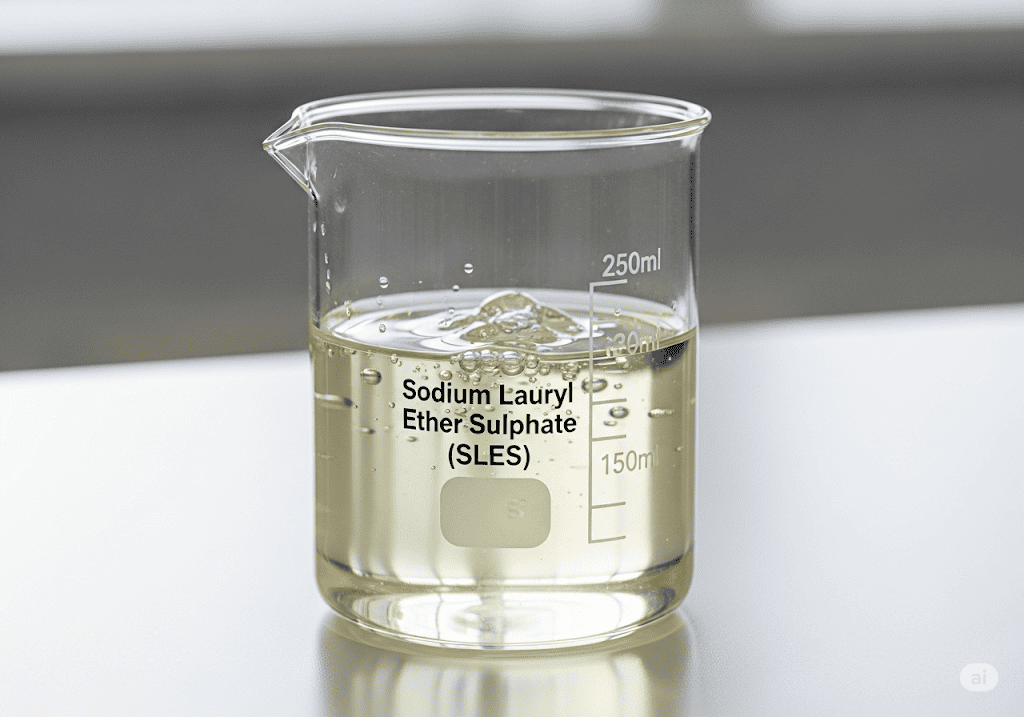Formaldehyde / Formalin (CH2O)
Formaldehyde (Formalin) Formaldehyde Solution, commonly known as Formalin, is a clear, colorless liquid consisting of formaldehyde gas dissolved in water, typically stabilized with a small amount of methanol. It is valued for its strong reactivity and stability in industrial use. Synonyms Methanal, Formalin, Formol, Aldehyde C1 Formula CH₂O CAS No 50-00-0 HS Code 29121100 Industries We Serve Chemical Industry Wood Industry Textile Industry Pharmaceutical Industry Construction and Building Materials Automotive Industry Agriculture Industry Food Industry Applications Used in adhesives, coatings, and as binders in composite materials. Used in the synthesis of various chemicals and compounds. Used in the production of engineered wood products such as plywood, particleboard, and medium-density fiberboard (MDF). Used in textile processing to improve wrinkle resistance and durability of fabrics. Used in the formulation of certain pharmaceutical products. Used as a disinfectant in laboratories. Used for preserving biological specimens and tissues in medical and research settings. An aqueous solution of formaldehyde can be useful as a disinfectant as it kills most bacteria and fungi. Formaldehyde is employed as a mordant in textile manufacture during the dyeing and printing process to facilitate the bonding of color to the fabric cells.
